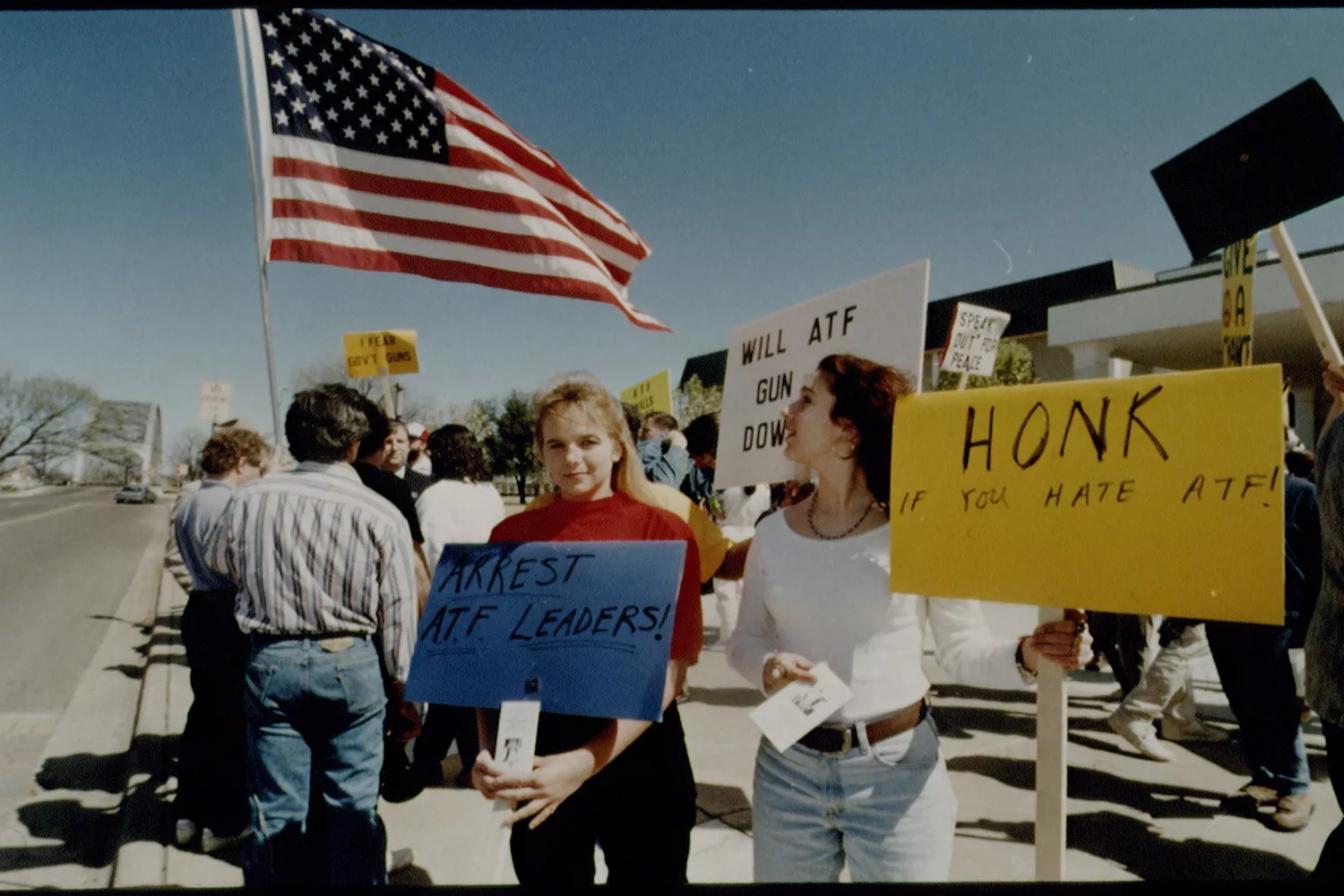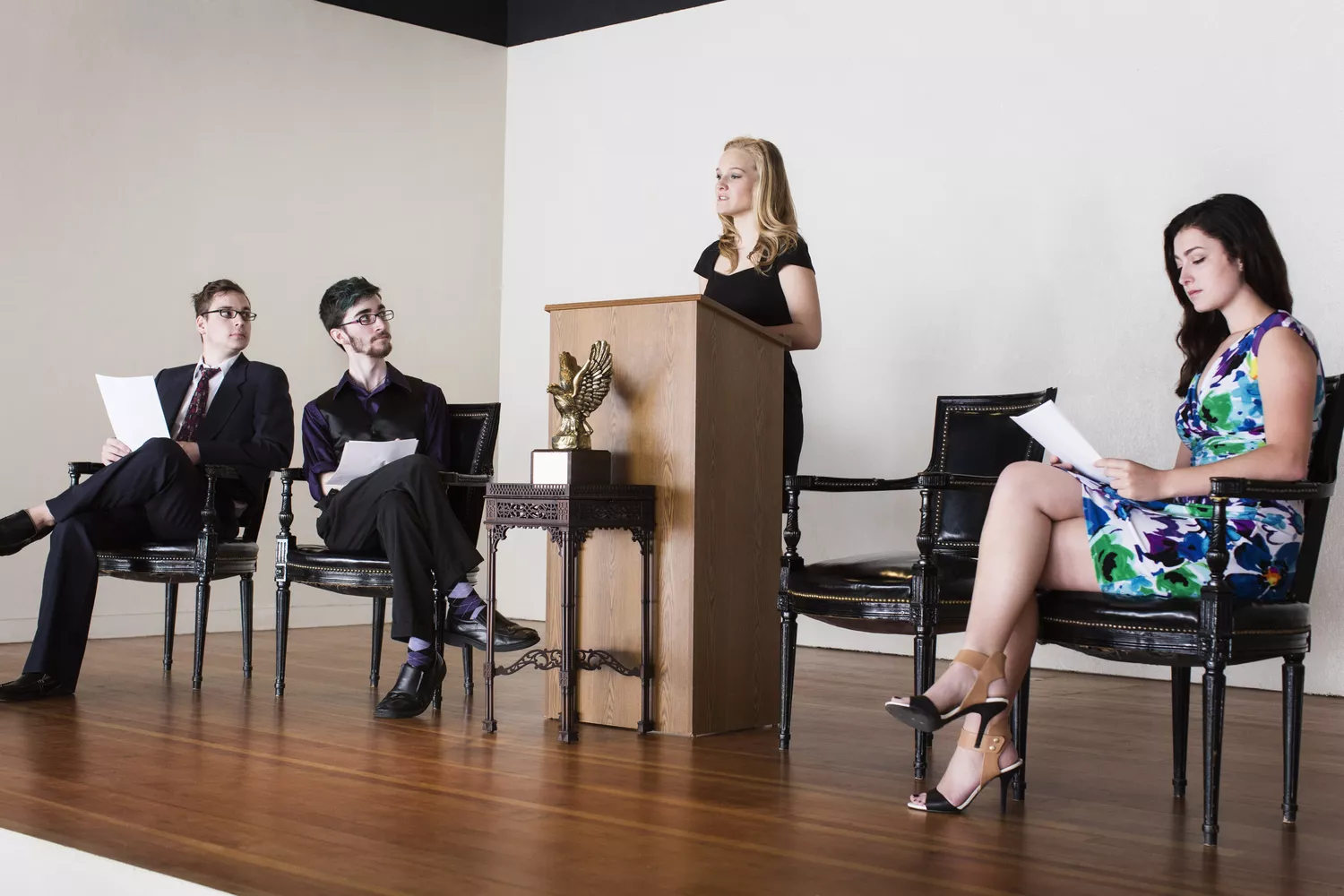
A biography is a composed account of the series of events that comprise a person’s life. A few of those events are going to be quite boring, so you’ll need to attempt to make your account as intriguing as possible!
Every trainee will compose a biography at some point, but the level of information and sophistication will vary. A 4th grade biography will be much different from a middle school-level bio or a high school or college-level bio.
Each biography will include the fundamental details. The first information you should collect in your research will include biographical details and truths. You need to utilize a credible resource to guarantee that your details is accurate.
Using research note cards, gather the following information, thoroughly tape-recording the source for each piece of info:
Consisting Of Basic Details
Date and place of birth and death
Family information
Lifetime accomplishments
Major events of life
Effects/impact on society, historic significance
While this details is essential to your project, these dry truths, on their own, don’t actually make an excellent bio. When you’ve discovered these fundamentals, you’ll want to dig a little deeper.
You choose a certain person since you think he or she is fascinating, so you certainly don’t wish to burden your paper with an inventory of dull facts. Your goal is to impress your reader!
Start off with excellent very first sentence. It’s a good idea to start with a truly interesting statement, an obscure reality, or truly intriguing event.
You ought to avoid starting with a standard however dull line like:
” Meriwether Lewis was born in Virginia in 1774.”
Instead, attempt beginning with something like this:
” Late one afternoon in October, 1809, Meriwether Lewis got to a small log cabin nestled deep in the Tennessee Mountains. By daybreak on the following day, he was dead, having suffered gunshot injuries to the head and chest.
You’ll have to make certain your start is inspiring, however it needs to also be relevant. The next sentence or two must lead into your thesis statement, or primary message of your biography.
” It was an awful end to a life that had so deeply affected the course of history in the United States. Meriwether Lewis, a driven and often tormented soul, led an exploration of discovery that expanded a young country’s economic capacity, increased its clinical understanding, and improved its worldwide credibility.”
Now that you’ve developed an outstanding start, you’ll want to continue the flow. Find more intriguing information about the guy and his work, and weave them into the structure.
Examples of Interesting Details:
Some people thought that Lewis and Clark would experience elephants in the western wilderness, having actually misconstrued the wooly massive bones found in the United States.
The exploration resulted in the discovery and description of 122 brand-new animal species and subspecies.
Lewis was a hypochondriac.
His death is still an unsolved mystery, although it was ruled a suicide.
You can find intriguing realities by consulting diverse sources.
Fill the body of your biography with product that gives insight into your topic’s character. For example, in a biography about Meriwether Lewis, you would ask what traits or events inspired him to embark on such a huge workout.
Questions to Consider in Your Biography:
Existed something in your topic’s youth that shaped his/her character?
Was there a personality trait that drove him/her to prosper or restrained his development?
What adjectives would you use to explain him/her?
What were some turning points in this life?
What was his/her influence on history?
Be sure to utilize transitional phrases and words to link your paragraphs and make your composition paragraphs flow. It is normal for great authors to re-arrange their sentences to create a much better paper.
The last paragraph will summarize your bottom lines and re-assert your main claim about your topic. It needs to explain your main points, re-name the person you’re writing about, however it should not repeat particular examples.
As constantly, check your paper and look for mistakes. Produce a bibliography and title page according to your teacher’s directions. Consult a style guide for appropriate documents.




